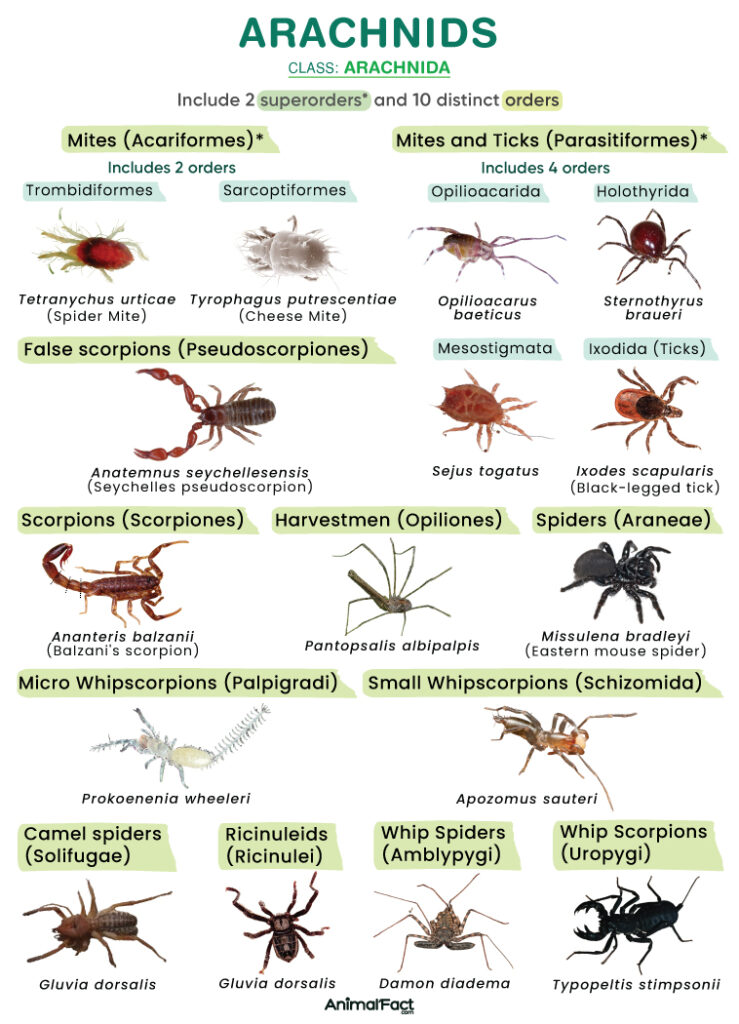When we think of pets, our minds often drift to cats, dogs, hamsters, and birds. These familiar companions usually occupy the forefront of our consciousness when discussing animal welfare and protection laws. However, lurking in the shadows of our homes are a different class of pets: arachnids. These often-misunderstood creatures include spiders, scorpions, and tarantulas, and they are increasingly finding their way into terrariums as sought-after pets. But are pet arachnids afforded the same protections under animal cruelty laws as their more traditional counterparts?
The first step to understanding this nuanced topic is to outline what animal cruelty laws generally entail. Animal cruelty statutes vary widely across states and countries, reflecting cultural attitudes toward animals. These laws primarily aim to prevent harm, neglect, and abandonment. Typically, they define “animals” within the context of vertebrates—primarily mammals, birds, reptiles, amphibians, and fish. However, many jurisdictions do not extend these protections to invertebrates, such as arachnids, leading to a concerning gap in animal rights advocacy.
Arachnids, as members of the arachnida class, are characterized by their eight legs and two main body segments. While they may not elicit the same emotional responses as furry mammals, they possess a fascinating array of behaviors and ecological roles. For instance, spiders can control insect populations and play a crucial part in their ecosystems. Despite their ecological significance, societal perceptions often portray these creatures as menacing or repugnant, which can influence the legal framework surrounding their treatment.
Exploring the legal landscape, the majority of animal cruelty laws do not encompass invertebrates. For instance, the Animal Welfare Act (AWA) in the United States mandates humane treatment for covered animals, yet it explicitly excludes most invertebrates. This exemption leaves many arachnids without the legal protections that would shield them from abuse, neglect, or cruel treatment. Consequently, pet owners may not face repercussions for mistreating these animals, setting a precarious precedent for those who seek to own arachnids.
This raises an essential question: what does it mean for pet arachnids not to be recognized under animal cruelty laws? The implications can be far-reaching. Without legal protection, owners might not feel compelled to provide the necessary care and environment that arachnids require. It is crucial to understand that these creatures are not mere decorations; they are sentient beings that, despite their simplistic nervous systems, respond to their environments, display stress behaviors, and require proper care. The lack of legal oversight can lead to neglectful practices, such as inadequate habitat conditions, improper nutrition, and insufficient medical care, ultimately jeopardizing the welfare of the animals.
Moreover, the widespread misconception that arachnids are expendable, or worse, disposable pets reinforces a culture of neglect. Many individuals purchase snakes, tarantulas, or scorpions on a whim, only to find that these creatures require specialized care that they are ill-prepared to provide. The subsequent abandonment or neglect of these animals is not only a moral failing but also highlights a severe defect in the regulatory frameworks meant to protect all animals, regardless of their species.
It is imperative to advocate for more inclusive animal cruelty laws that extend protections to arachnids. Animal welfare organizations have begun to address this gap by raising awareness about the importance of all creatures, irrespective of their appearance or public perception. The campaign for broader legal protections could be bolstered by increased education about the ecological roles and intrinsic value of arachnids. By fostering a deeper appreciation of these animals, society can work toward a more humane treatment paradigm that acknowledges their existence beyond mere specimens.
In addition, potential owners must educate themselves about the needs and welfare of pet arachnids before bringing them into their homes. Proper housing, humidity control, diet, and enrichment opportunities are vital components of responsible arachnid care. Understanding their natural behaviors, such as burrowing, climbing, and hunting, can enhance their quality of life and allow pet owners to forge more meaningful bonds with these unique animals.
Furthermore, the conversation surrounding arachnids and animal cruelty laws invites wider discussions concerning the moral implications of keeping any animal as a pet. It demonstrates the necessity for pet owners to adopt a more conscientious approach to animal care. Owners of arachnids, like those of other pets, carry the responsibility of providing a safe and nurturing environment, championing the well-being of their pets in all respects. Educating the public remains essential for improving standards of care and emphasizing compassion toward all living beings.
In conclusion, while pet arachnids might not receive the same legal protections under animal cruelty laws as traditional pets, they still deserve humane treatment and care. As awareness grows regarding the intricate lives of these creatures, society must engage in a reevaluation of its legal frameworks. By advocating for inclusivity in animal welfare statutes and promoting responsible pet ownership, we can usher in a new era where all creatures, including arachnids, are regarded with respect and compassion. Through informed care and a robust legal framework, we can ensure that every life—no matter how small or misunderstood—has its inherent value recognized and protected.








